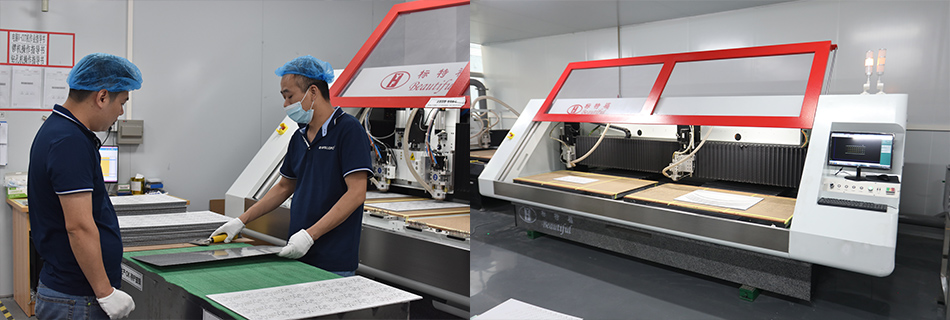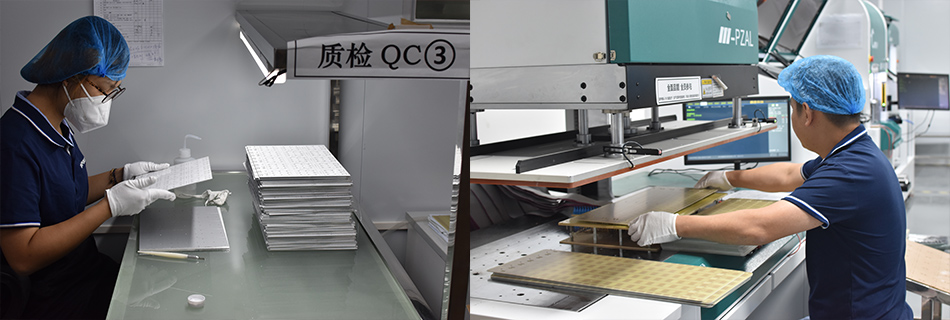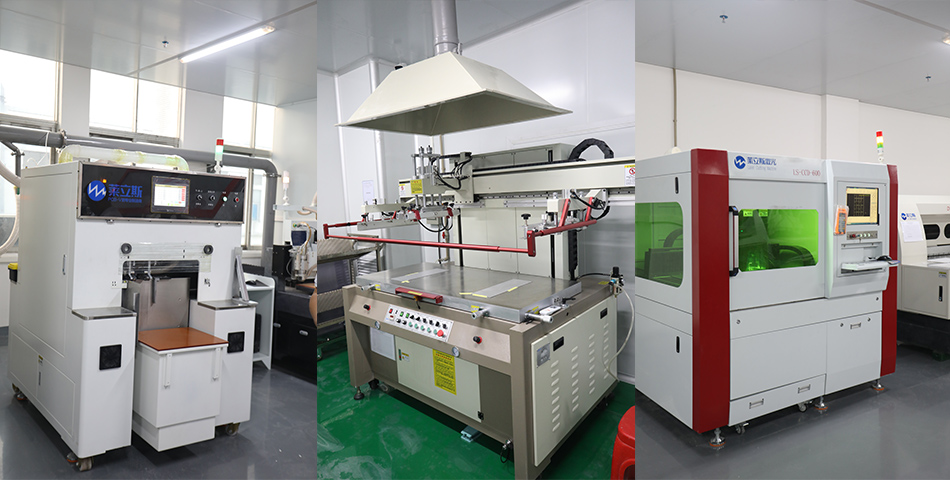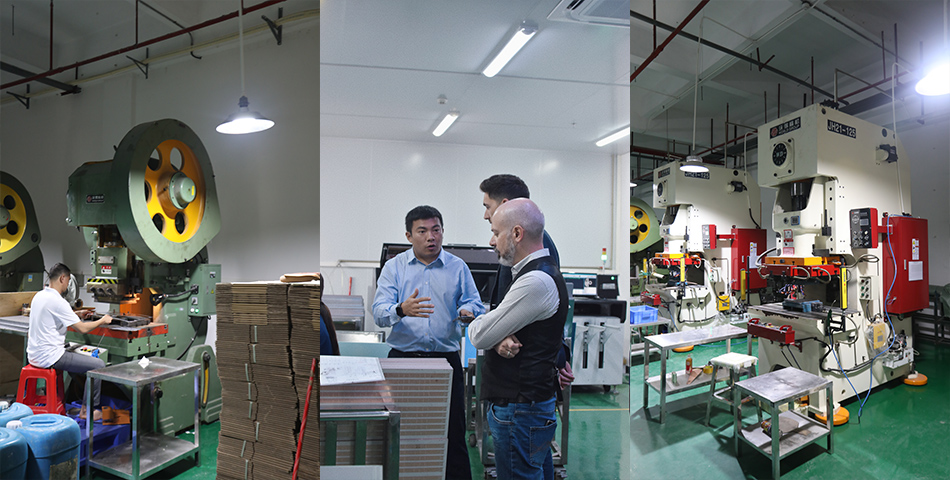-
- PCB TYPE
- PRINTED CIRCUIT BOARD PROTOTYPE ALUMINUM PRINTED CIRCUIT BOARD R&F PCB FPC HIGH FREQUENCY PCB HIGH-TG PCB HEAVY COPPER PCB HDI PCB PCB FOR LIGHTING METAL CORE PCB
time:Sep 23. 2025, 14:53:09
Choosing the right Printed Circuit Board (PCB) manufacturer can significantly impact the performance and success of your electronic products. In this guide, we will walk through the crucial factors to consider when selecting a PCB manufacturer, ensuring that you can make an informed decision that aligns with your specific needs.
Before diving into the selection process, it's essential to understand what PCB manufacturing entails. PCBs are the backbone of electronic devices, providing the mechanical support and electrical connections needed for component operation. The manufacturing process involves design, fabrication, and assembly stages, each requiring precision and expertise.
Design: The process begins with PCB design, where engineers create a schematic representation of the circuit. The design phase is critical as it dictates the board's layout, layers, and the placement of components.
Fabrication: Following the design, fabrication involves the physical creation of the PCB. This includes etching the copper layers, drilling holes, and applying solder masks and silkscreens.
Assembly: In the assembly phase, components are mounted onto the board. This can be done using through-hole technology or surface-mount technology, depending on the design specifications and application requirements.

Selecting the right manufacturer involves more than just evaluating costs. Here are the primary factors you should consider:
Quality is paramount when it comes to PCBs. A reliable manufacturer should adhere to industry standards and certifications such as ISO 9001, IPC standards, and UL listings. These certifications ensure that the manufacturer follows best practices and that their products meet high-quality benchmarks.
Different projects require different manufacturing capabilities. Consider the complexity of your design, the number of layers, material requirements, and the desired finish. A good manufacturer should offer a range of capabilities, including:
Various substrate materials (FR-4, Rogers, etc.)
Advanced technologies like HDI (High-Density Interconnect)
Time is often a critical factor in product development. Look for manufacturers that offer rapid prototyping services and quick turnaround times. This capability allows you to test designs swiftly and make necessary adjustments without significant delays.
While cost should not be the sole determinant, it is an important factor. Compare quotes from different manufacturers, but be wary of prices that seem too good to be true. Extremely low costs might indicate compromised quality or hidden fees.
A manufacturer with excellent customer service can make the production process much smoother. They should be responsive to inquiries, provide clear communication, and offer technical support when needed. A manufacturer that partners with you, rather than just supplies to you, can be invaluable.
Choose a manufacturer with a solid track record and positive reputation in the industry. You can check online reviews, ask for client references, or inquire about their experience with similar projects.
Consider the geographical locati0n of the manufacturer, as this can affect shipping times and costs. Domestic manufacturers might offer faster shipping and easier communication, while overseas options might be more cost-effective for large-scale production.

The design of your PCB can impact the choice of manufacturer. Here are some design considerations to keep in mind:
Strategic placement of components can reduce the complexity and cost of the PCB. Ensure that your design allows for efficient use of space and minimizes the length of electrical paths.
For high-frequency applications, maintaining signal integrity is crucial. Your design should account for impedance matching, crosstalk, and electromagnetic interference, which might require advanced manufacturing capabilities.
Effective thermal management can prevent overheating and extend the lifespan of your PCB. Consider using thermal vias, heat sinks, and appropriate materials to dissipate heat efficiently.

When it comes to PCB assembly, you typically have two options:
Surface-Mount Technology (SMT)
SMT is the most common assembly method, where components are mounted directly onto the surface of the PCB. It is suitable for high-density designs and offers benefits like reduced size and weight.
Through-Hole Technology (THT)
THT involves inserting component leads through holes in the PCB. This method provides stronger mechanical bonds and is ideal for components that require robust connections, such as connectors and large capacitors.

Choosing the right PCB manufacturer involves evaluating multiple factors, from quality assurance and manufacturing capabilities to cost and customer service. By understanding your specific needs and conducting thorough research, you can find a manufacturer that will partner with you to produce high-quality PCBs, ultimately contributing to the success of your electronic products.
Remember, the right PCB manufacturer is not just a supplier but a partner in your product development journey. Take the time to make an informed decision that aligns with your technical requirements, budget, and timeline.

Got project ready to assembly? Contact us: info@apollopcb.com



We're not around but we still want to hear from you! Leave us a note:

Leave Message to APOLLOPCB
